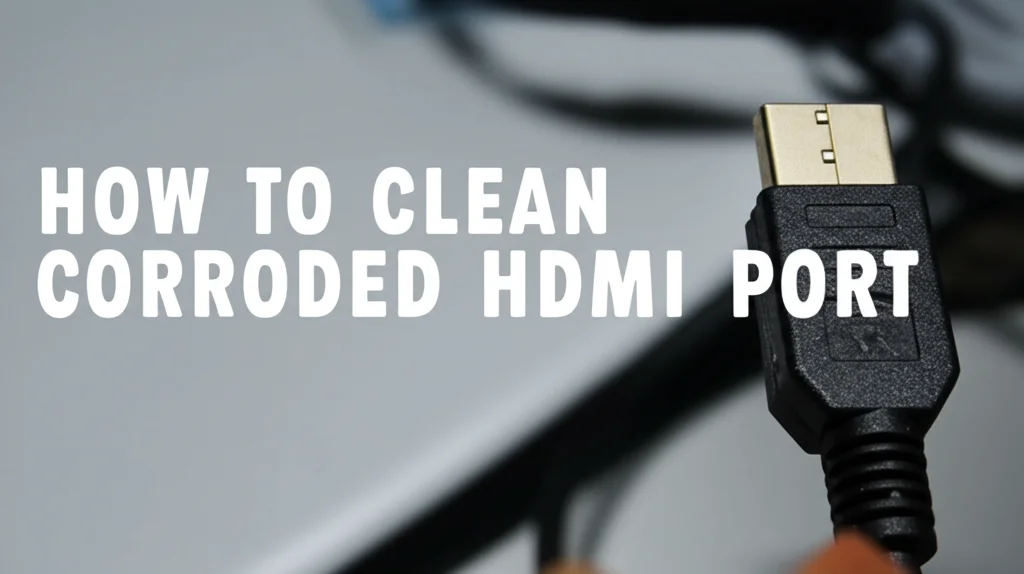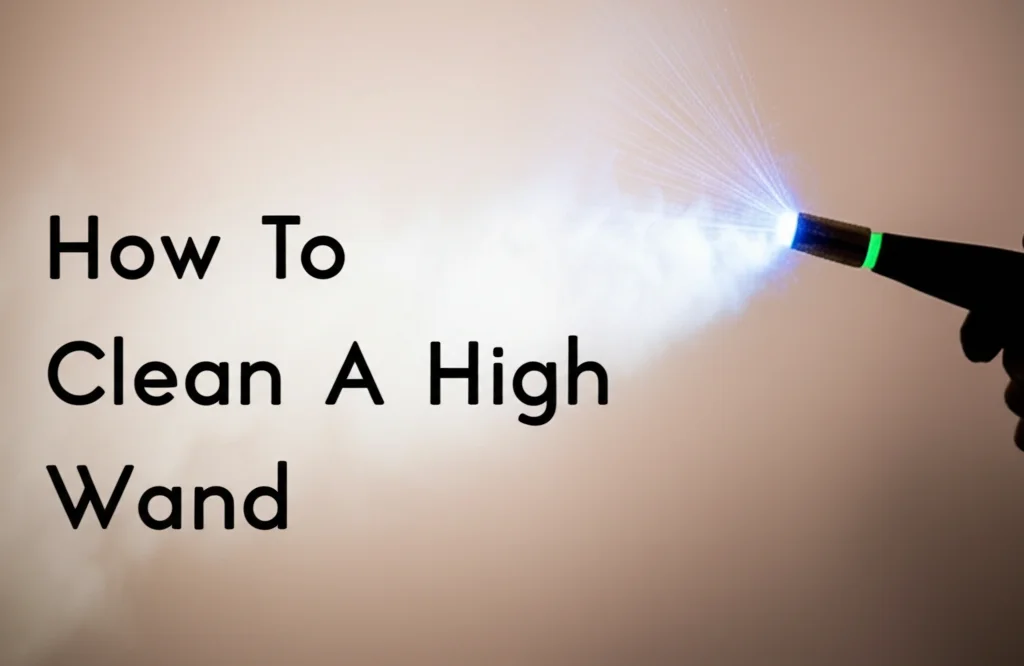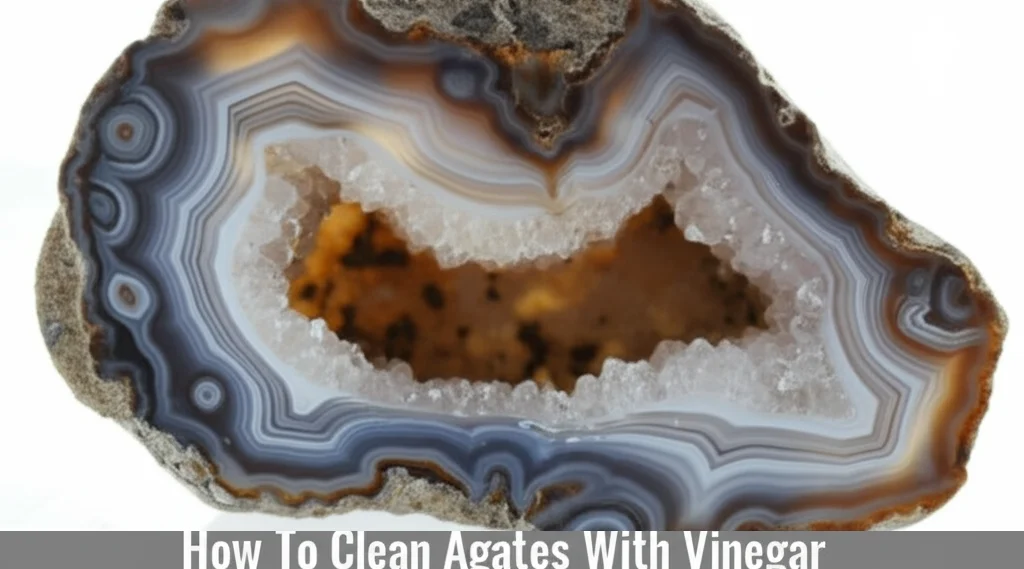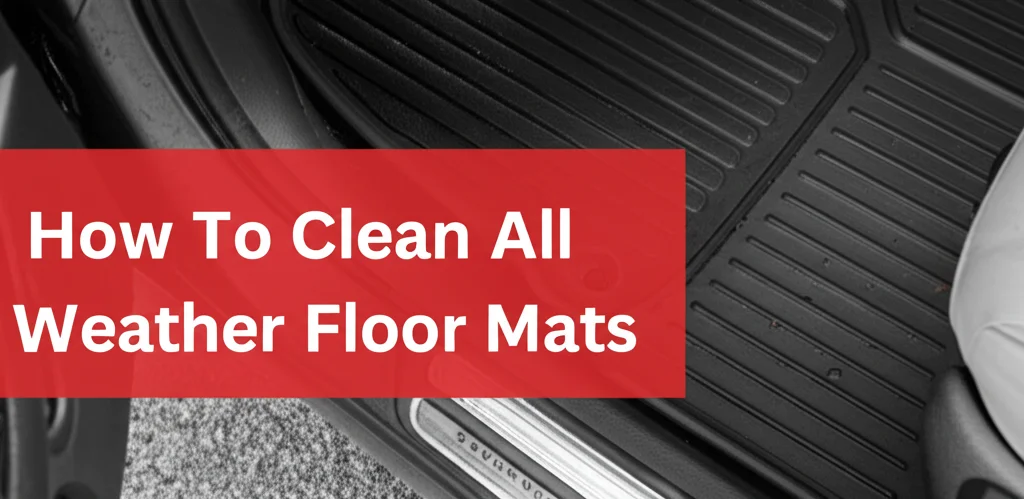· Tech & Home Maintenance · 6 min read
How To Clean Corroded HDMI Port

How To Clean Corroded HDMI Port: A Step-by-Step Guide
Is your TV screen showing a fuzzy picture or no picture at all? A corroded HDMI port could be the culprit. Don’t worry, you don’t necessarily need to replace your device! Cleaning a corroded HDMI port is often a simple fix that can restore your connection. This article will walk you through the process, providing clear instructions and safety tips to get your devices working like new. We’ll cover identifying corrosion, gathering the right tools, and the safest cleaning methods. Let’s get started and bring your entertainment back to life.
Takeaway:
- Identify the problem: Recognize the signs of corrosion on your HDMI port.
- Gather your tools: Assemble isopropyl alcohol, cotton swabs, and a non-metallic tool.
- Power down: Always disconnect the device from power before cleaning.
- Clean gently: Carefully remove corrosion with isopropyl alcohol and a cotton swab.
- Test the connection: Reconnect your device and test the HDMI connection.
What causes HDMI ports to corrode?
Corrosion on HDMI ports happens over time due to exposure to moisture, dust, and oxidation. These elements react with the metal contacts inside the port, leading to a buildup that interferes with the signal.
Identifying a Corroded HDMI Port
Before you start cleaning, it’s important to confirm that corrosion is actually the issue. Look closely at the HDMI port on your TV, game console, or other device. A corroded port often appears greenish or whitish, with a powdery or flaky substance visible inside. You might also notice that the HDMI cable doesn’t fit snugly into the port anymore. If you’re experiencing intermittent signal loss, a distorted picture, or no signal at all, corrosion is a likely cause. Don’t ignore these signs, as continued use with a corroded port can worsen the problem and potentially damage your device.
Tools You’ll Need to Clean HDMI Ports
Gathering the right tools is crucial for a safe and effective cleaning process. You’ll need a few simple items that are readily available. First, you’ll need 90% or higher isopropyl alcohol. This is the safest solvent for cleaning electronics. Avoid using water or other cleaning solutions, as they can cause further damage. Next, grab some cotton swabs – these will be your primary cleaning applicators. A non-metallic tool, like a plastic spudger or a toothpick, can help gently loosen stubborn corrosion. Finally, have a can of compressed air on hand to blow away any loose debris.
Safety First: Power Down Your Device
This is the most important step! Before you even think about cleaning your HDMI port, completely disconnect the device from the power outlet. This prevents electrical shock and protects your device from potential damage. Unplug the power cord and remove any batteries if applicable. Wait a few minutes to allow any residual electricity to dissipate. Working with electronics and liquids requires caution, and this simple step can save you a lot of trouble. Remember, safety always comes first.
Cleaning the Corroded HDMI Port: A Gentle Approach
Now for the cleaning process. Dip a cotton swab into the isopropyl alcohol, ensuring it’s damp but not dripping wet. Gently insert the swab into the HDMI port and carefully wipe the inside, focusing on the corroded areas. Use a light touch and avoid applying excessive pressure. If the corrosion is stubborn, use the plastic spudger or toothpick to gently loosen it before wiping with the alcohol-soaked swab. Repeat this process with fresh swabs until you see no more corrosion being removed.
Dealing with Stubborn Corrosion
Sometimes, corrosion can be particularly persistent. If the initial cleaning doesn’t remove all the buildup, don’t force it. Instead, apply a small amount of isopropyl alcohol to the affected area and let it sit for a few minutes to help dissolve the corrosion. Then, try gently scraping with the plastic spudger or toothpick again, followed by another wipe with a clean swab. Patience is key here – avoid using metal tools, as they can scratch the port and cause further damage.
Final Touches and Testing the Connection
Once you’ve removed all visible corrosion, use a can of compressed air to blow out any remaining debris from the HDMI port. This ensures a clean connection. Allow the port to dry completely for at least 15-20 minutes before reconnecting your device. Once dry, carefully plug in your HDMI cable and turn on your device. Test the connection to see if the picture quality has improved. If the problem persists, repeat the cleaning process or consider seeking professional help.
Preventing Future HDMI Port Corrosion
Preventing corrosion is easier than fixing it. Here are a few tips to keep your HDMI ports in good condition. First, avoid exposing your devices to excessive moisture. Keep them away from water sources and humid environments. When not in use, disconnect HDMI cables to reduce the risk of corrosion. Regularly dust your devices to prevent buildup. Consider using port protectors to shield the HDMI ports from dust and debris. These simple preventative measures can significantly extend the life of your HDMI ports.
FAQ: Common Questions About Cleaning HDMI Ports
Q: Can I use water to clean my HDMI port?
A: No, absolutely not. Water can cause short circuits and further damage your device. Always use 90% or higher isopropyl alcohol, which is a safe solvent for electronics.
Q: What if the corrosion is inside the HDMI cable itself?
A: If you suspect corrosion is inside the HDMI cable, try cleaning the cable’s connector with isopropyl alcohol and a cotton swab. If the problem persists, you may need to replace the cable.
Q: Is it safe to use a metal tool to remove corrosion?
A: No, using a metal tool can scratch the port and potentially cause a short circuit. Always use a non-metallic tool like a plastic spudger or toothpick.
Q: How often should I clean my HDMI ports?
A: It depends on your environment. If you live in a humid area or frequently use your devices near water, you may need to clean them every few months. Otherwise, an annual checkup should suffice.
Conclusion: Restoring Your Connection with Confidence
Cleaning a corroded HDMI port is a straightforward process that can save you the cost of replacing your device. By following these steps – identifying the corrosion, gathering the right tools, powering down your device, cleaning gently, and taking preventative measures – you can restore your connection and enjoy a clear, crisp picture. Remember to always prioritize safety and use the recommended cleaning solutions. Don’t let a corroded HDMI port ruin your entertainment experience. Take action today and get back to enjoying your favorite shows and games! If you’re still facing issues, remember to consult a professional for assistance.




